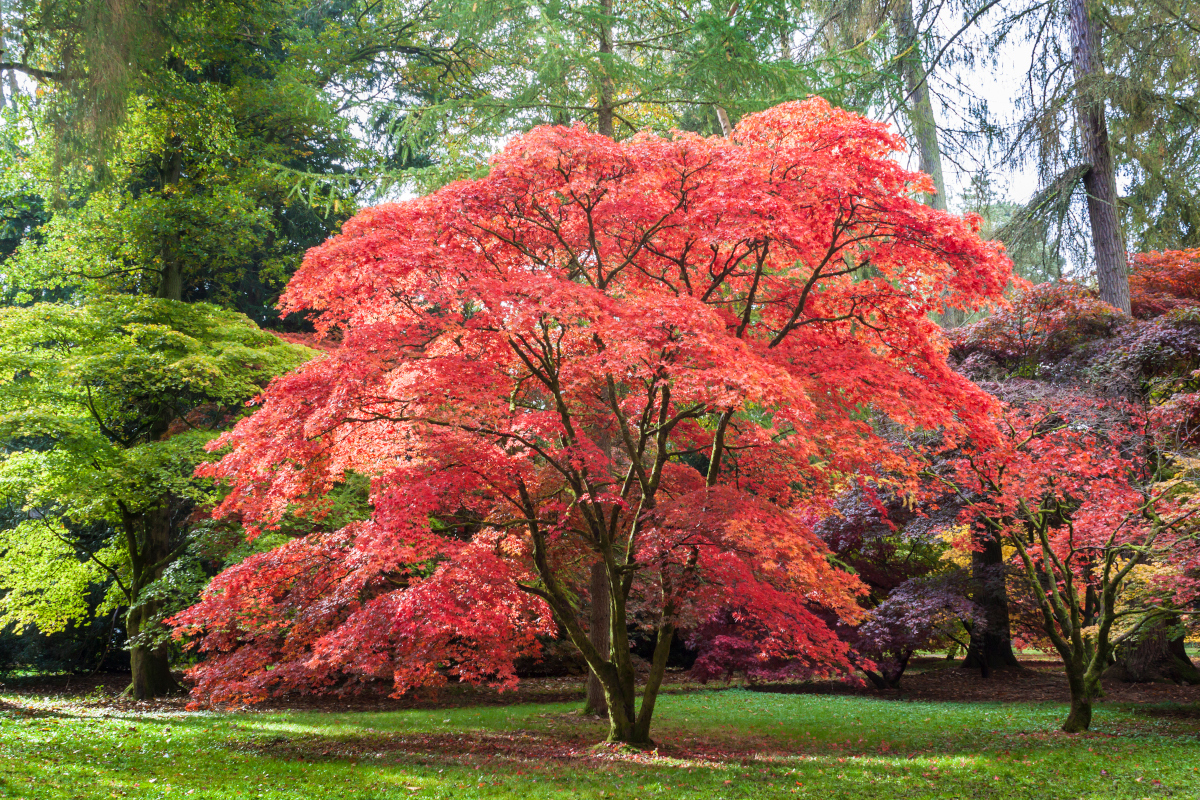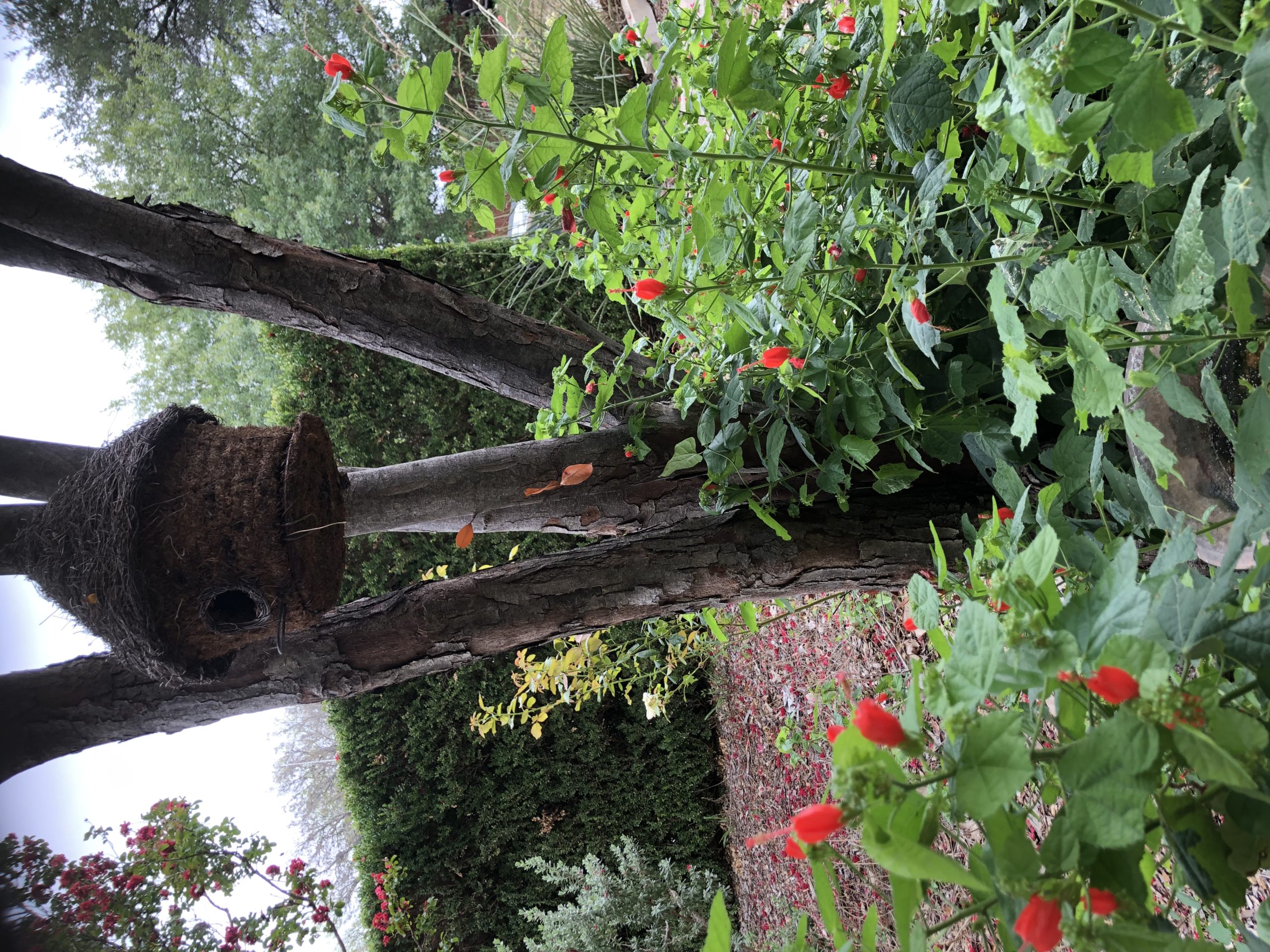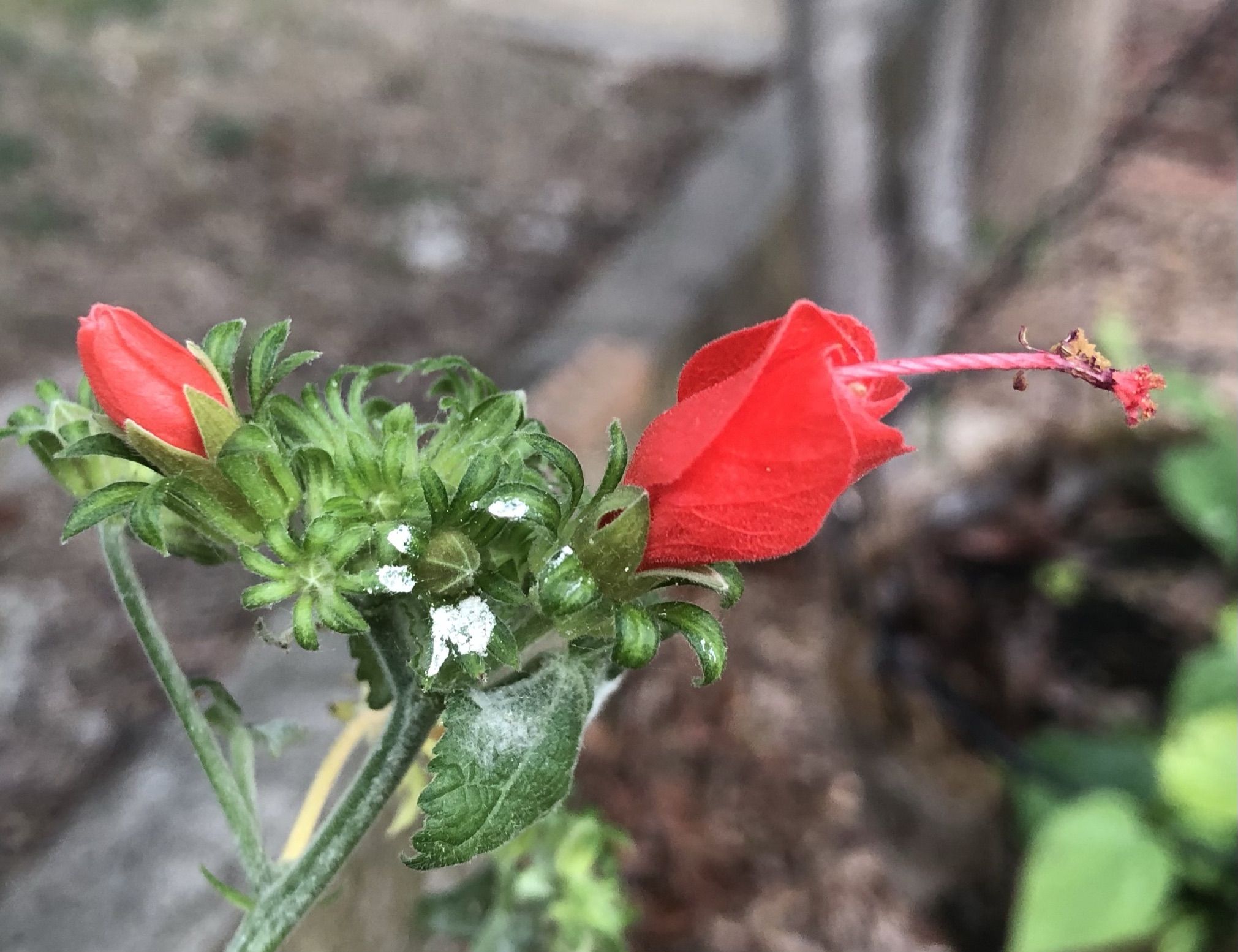Well folks, we’ve had our first frost of the season. Hopefully any tender plants that you’ve not already brought inside were in a well protected micro-climate or were covered with frost cloth. With night-time temperatures regularly reaching into the 40s right now all of your true tropicals such as plumeria, bananas, and bougainvillea should be brought inside for the winter. But is your gardening season really done?
 Planting Trees and Woody Shrubs
Planting Trees and Woody Shrubs
When your woody perennial shrubs and trees are dormant is the best time to plant them. That time of year is starting right now! During the summer, trees spend their time gathering energy from the sun and combine it with water and carbon dioxide to create sugars and starches that they store and use to live on later when they are dormant. It is during this time when they have the best store of energy and are primed and ready for further root growth in their new location. Whether you’re looking at moving some boxwoods, or planting a huge oak, this is the time to give them every chance of success.
Irrigation and Sprinkler Systems
After a long hot summer, it should be pretty obvious if certain areas of your garden are getting the correct amount of water. Some areas may have been too dry, while others turned into a swampy mess. Or maybe you just noticed all of the water being wasted on your driveway and sidewalk. Now is the perfect time for an irrigation audit to see how it is performing. It’s also a good time to get any digging done and out of the way while the majority of your garden is dormant. Whether you need to add a zone, have some sprinkler heads relocated, maybe add some drip, or just flush and clean your system, now is the time to do it. Even if you don’t need any of the above, most systems should be adjusted to change the watering duration and frequency to the fall and winter season when water demand is at its lowest.
Hardscapes and Water Features
In addition to irrigation, if you’re looking toward adding a water feature or hardscaping such as a retaining wall, outdoor kitchen, concrete work, etc. it is best to do so now when plants are dormant in order to avoid any possible damage. Pavers, garden paths, pondless waterfalls, or full blown koi ponds are all on the menu. If you have teak, cedar, or other outdoor wood decor you might consider sanding, restaining, or resealing those boards after having been exposed to the drying heat and harsh UV rays from the past few months. Now is the perfect time to get started on these projects so that you’ll be ready for the coming spring.
 Birds and Other Critters
Birds and Other Critters
A beautiful garden is not just about the plants. Many gardeners love having bird feeders, bird baths, squirrel feeders, or other items to attract local wildlife and help them overwinter. Objects like bird baths can attract multiple species, including our precious pollinators like the humble honey bee, which need access to water year round. Leaving leaf litter or deep mulch to compost on your garden beds over the winter can also attract and provide a habitat for many beneficial insects and critters such as toads, spiders, lizards, snakes, and even newts and salamanders in some areas. Some of these critters may seem icky but they provide a huge benefit to your garden through their predation on harmful insects. It’s also the perfect time to place bird houses, nesting boxes, or bee hotels so that all of our garden buddies have warm places to cuddle up during the cold winter months.
Need help with your irrigation or sprinkler system? Does your garden need an overhaul or just a general checkup? Maybe you just need a helping hand to protect sensitive plants from freeze and frost. Give us a call at 817-202-4808, or drop us a line and contact us here, to find out how Desiree can help you create a wonderful garden with a budget you can afford.
Like what you’re reading? Get information like this delivered straight to your email inbox by signing up here. We will never sell your information, and you can unsubscribe at any time.








